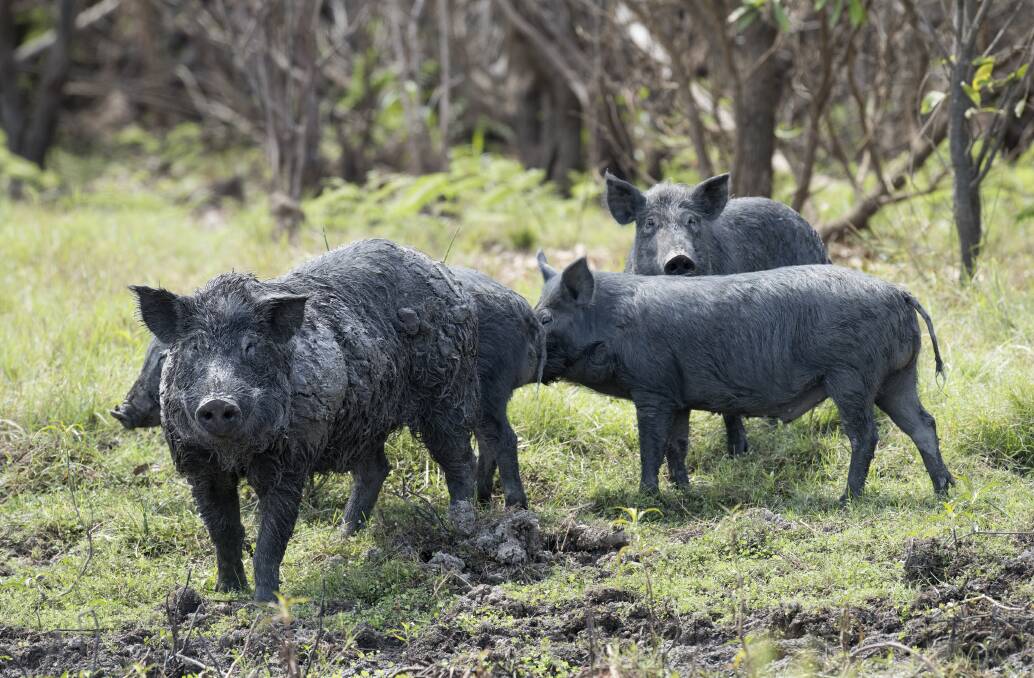
A recent report on the Whitsunday Regional Council's aerial shooting program indicated $18.83 dollars had been returned to agriculture and the environment for every dollar spent in the region on feral pig management.
The program commenced in 2012 in a combined council and landholder effort to mitigate the destructive impact of feral pigs in the region.
In the past decade 12,303 feral pigs have been removed from the local area.
In 2020/21 the aerial shooting program was expanded to include a further four adjoining councils to reflect a coordinated and regional approach required to tackle feral pig management.
Within that time frame alone, 1990 pigs were removed from approximately 982,000ha at a cost of $225,000.
The report outlined the combined economic and environmental return on the removal of the pest surpassed $4.2 million with a return of over 1800 per cent.
Natural Resource Management and Climate program coordinator Scott Hardy said the impact of the feral pig problem in Australia could not be stressed enough.
"Feral pigs are a major pest that pose significant threats to Australia's environment, our $65 billion agricultural sector as well as cultural and social assets," he said.
"They destroy land, crops and pastures, spread weeds and disease, prey on livestock, impact biodiversity and cause serious damage to our natural environment and cultural sites.
"A recent economic study in the Whitsundays found that feral pigs cause $12.5 million worth of damage annually to local agricultural businesses."
Mr Hardy said it is estimated that feral pigs cost Australia's agricultural industries more than $100 million every year.
The National Feral Pig Action Plan was endorsed by the National Biosecurity Committee last year to address the growing problem.
The plan addressed the need to shift feral pig management to being more coordinated, collaborative and strategic.
Six demonstration sites across Australia have since been established to support the plan's implementation with the Whitsunday region management program as one of the sites.
National Feral Pig Management coordinator Dr Heather Channon said the sites are integral to the ongoing success of the plan.
"The plan is the first national framework developed for feral pigs enabling local, regional and state and territory feral pig management plans to be aligned," she said.
"There is no single solution to feral pigs that will fit all situations - that's why we're working together with land managers across these demonstration sites to showcase the alternative approaches being used and sharing this information with others.
"The plan is the first step in building stronger, more cohesive and coordinated partnerships and programs between all those affected by feral pigs to reduce their impacts."
Dr Channon reiterated that each region had its own unique challenges and environment, and more monitoring and analysis of the outcomes achieved must be undertaken to ensure the correct management approaches are applied at the right time.
"Through our demonstration sites we are identifying additional innovative strategies to feral pig management, while gathering valuable data on the costs, benefits and feasibility of deploying them elsewhere," she said.


